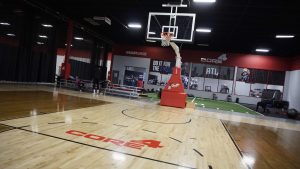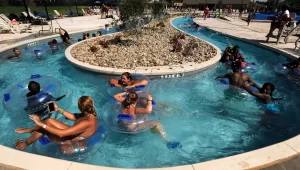The Steps of a Successful Feasibility Study
Feasibility studies are an integral part of any successful business. Performed before making big financial investments such as hiring new employees or buying new equipment, feasibility research determines if a decision is practical from an economic and operational standpoint. Though these studies are used in a variety of fields, they are particularly important to the sports tourism industry. At Sports Facilities Advisory, we plan sports facilities and community centers, so we are familiar with feasibility research. To give you a better idea of our services, we’ve outlined the steps of a feasibility study.
Step One: Preliminary Analysis
A feasibility study takes a lot of time and resources. This is why the first step, the preliminary analysis, essentially analyzes if your idea is worth researching. Let’s say you are planning on moving your sports center to a new location. If you determine during the preliminary analysis that moving locations could potentially bankrupt your business, there would be no need to continue with the study. If you determine that moving might be a success, you should invest more time in research.
A preliminary analysis is fairly simple. First, outline your plan. Second, examine the potential market and the commercial viability of your plan. Third, assess the strengths and weaknesses of your plan. Last, determine if there are any risks. Once you analyze your plan, you can determine if you wish to continue with the study.
Step 2: Financial Survey
Examining financial costs is a major component of a feasibility study. By looking at your plan from a financial perspective, you can determine if your idea is viable. When you are looking at finances, look at the resources you will need to complete your project and how much money you must earn to make a profit. This research gives you a better idea of sales and overhead costs.
Step 3: Market Survey
Next, you need to examine the current market conditions. Determine your target market, study their spending habits, look at competitors, and determine how much of your resources you will have to devote to marketing and advertising. This will give you a better idea of your revenue projection and determine if your expected sales numbers are possible.
Step 4: Risk Assessment
Once you examine your finances and market, examine the potential risks with your plan. During this step, assess what could potentially go wrong with your plan. Determine how you could address these risks or how you could change your plan to reduce them. You may also determine that the risks are too high to follow through with the plan. That is okay—determining if a plan will work is the purpose of a feasibility study.
Step 5: Revaluation of Data
Reviewing your data is a crucial component of a feasibility study. At this phase, look over all of the previous research and determine if you missed any factors or if anything has changed since testing. For example, perhaps market conditions have changed since you started your research, making your plan more or less feasible. Carefully looking at everything ensures the best results.
Feasibility Studies at SFA
At Sports Facilities Advisory, we specialize in feasibility studies for community centers and sports complexes. Our research examines all factors, including overhead costs, sports tourism markets, risk assessment, and more. To learn more, contact SFA today!






